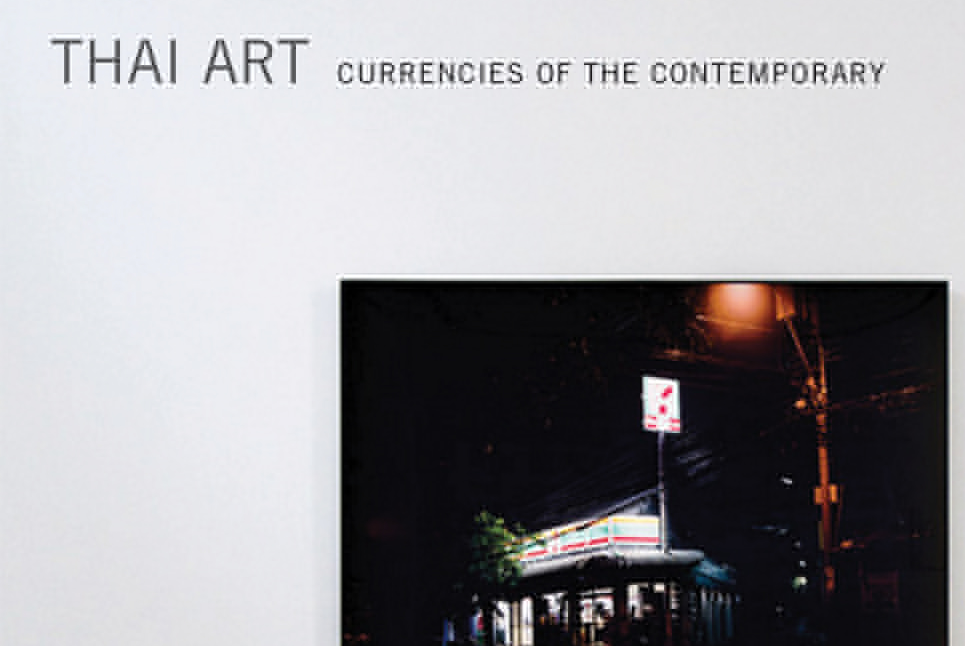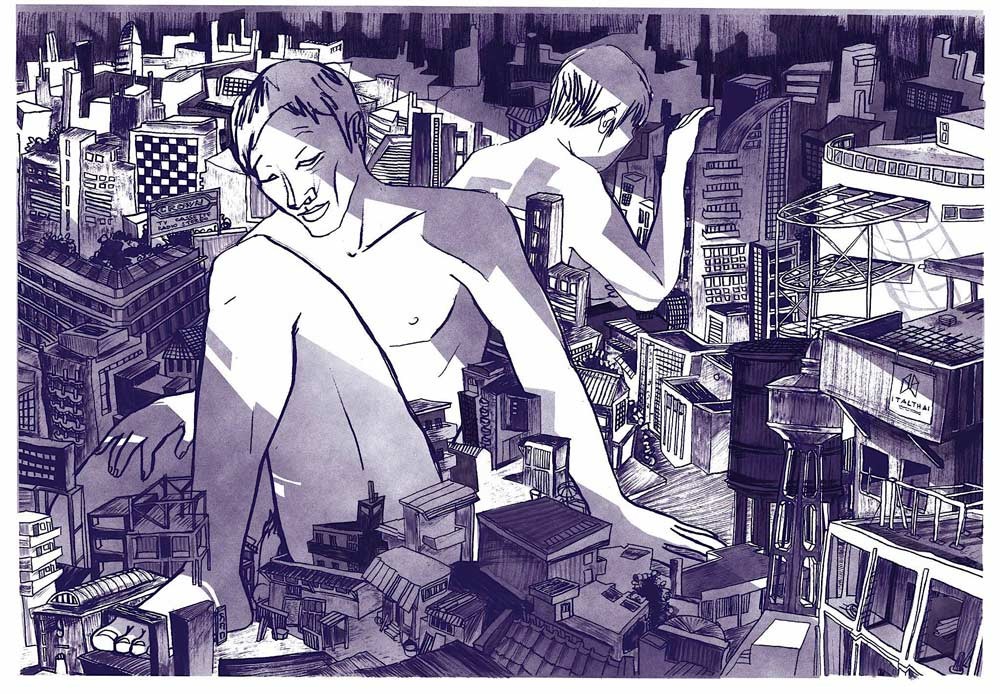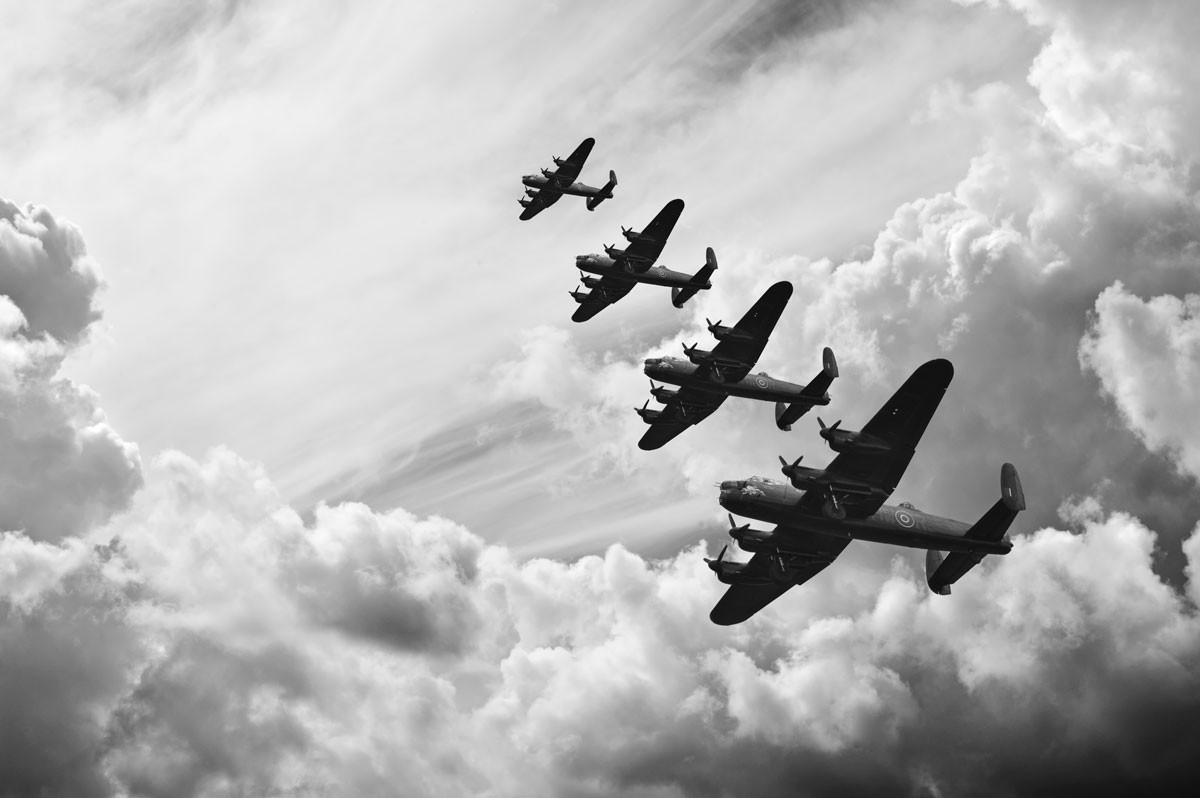By Peera Songkünnatham
Thai Art: Currencies of the Contemporary is a buffet of six chapters sampling a wide range of artworks, all curated by the scholar David Teh who frames these works in a complex history. Savor it, and the aftertaste will be intellectually satisfying.
Thai Art seeks to historicize contemporary art in the transition from modernity to contemporaneity which is, in the same breath, looking away from the national and towards the global.
But this looking away, the book argues, isn’t a total rejection of national institutions. Rather, Teh shows that it is a careful poise of negotiation and withdrawal. Therefore, to disregard analysis along national lines misses a lot of insight into contemporary artists and their art of arbitrage between local and international currencies.
Focusing on a generation of Thai artists who left behind not only symbols of Thainess but also overt critiques of it, Thai Art shows how these artists navigate the different local and international terrains of art and politics. For example, sustainability might sound forward-thinking in Europe, but in Thailand it conjures up nostalgic images of royal patronage and subsistence agriculture.
The case study of Thailand offers a “unique” case, perhaps, but that doesn’t make the book’s arguments parochial. The thematic preoccupation with Thailand feels fresh and relevant beyond Thailand. Don’t let the title mislead you. The phrase “Thai art” is an oxymoron, as much of the art surveyed in this book would hardly be recognizable as “Thai” at first glance. Neither nationalist nor anti-nationalist, the protagonists in Thai Art negotiate with the national in oblique ways.

David Teh, Thai Art: Currencies of the Contemporary, published by NUS Press, 2017
The book’s timeliness is uncommon. Usually, up-to-date and informed commentary on Thailand in a foreign language isn’t steeped in knowledge of the country’s cultural products like literature and the arts. But Thai Art fills in that gap, while it manages to still be informed about Thai history and politics.
As the book discusses the violent crackdown on red shirt protesters in Bangkok in 2010, and the concurrent implosion of the Thai contemporary art scene, the book will also help readers seeking to understand Thailand’s drawn-out political crisis put together the pieces of the puzzle.
As opposed to literature, written in a script that non-Thai readers have no access to, contemporary art proves to be a more accessible, yet an equally fruitful path to a deeper understanding of how cosmopolitan subjects are still very much grappling with the national frame. Testament to the “enduringly oral” arts and cultures of Thailand’s peripheral peoples, contemporary artists seek new ways to bring previously excluded or marginalized subjects to the privileged space of art.
For readers interested in Isaan, they will get an account of the Phi Ta Khon festival in Loei Province, a critical look at a celebratory exhibition of Isaan’s “creativity born out of poverty” in Bangkok in 2005, a glimpse into the “Isan Group” filmmakers politicizing the image of the rice fields in the 1970s, and a fascinating comparison between contemporary artists and forest monks as spiritual agents of the new.
Furthermore, Thai Art engages in indirect ways with the Northeast as well. Infusing the book’s thrust of the “global contemporary” throughout are the works of three Isaan artists (if such a parochial label is permissible): Montien Boonma, Apichatpong Weerasethakul, and most interestingly, Pratchaya Phinthong.
Montien Boonma is positioned as the aesthetic pathfinder of Thai artists in the contemporary art world. The first Thai artist who rode the waves of global contemporary art in the 1990s, Montien participated in dozens of exhibitions all over the world in the span of a few years. He ushered in an era of artists whose trajectories are defined by “orbital” movements around the globe rather than “round trips” to the West and permanently back, both in the literal and thematic senses. In his practice, Montien eschews national symbolism in favor of everyday materials from rural surroundings to create minimalist, meditative artworks. As such, he advances a conceptualism more akin to the tastes of the contemporary art world.
Apichatpong Weerasethakul is positioned as someone whose international success bears no relation to domestic training and recognition. He never went through the Silpakorn School, the enduring center of fine arts training in Thailand since its establishment in the 1930s. His cinematic work, dubbed “itinerant cinema” by Teh, likewise tends to feature people from the margins of the nation.
In this book, Teh analyzes several lesser-known works, bringing into focus how the national frame still haunts Apichatpong’s body of work which largely displays an indifference towards the national project in favor of envisioning “a sovereignty to come.”
Pratchaya Phinthong, whose work is featured on the book’s cover, is positioned as the contemporary artist most skilled at navigating around the mine-filled terrains of Thai politics. Through compelling analysis, Teh teases out Pratchaya’s subtle political engagements, even as they elude most of his champions in the international art circuit.
Pratchaya’s works throw into sharp relief the possibilities of art’s engagement with politics through economic action rather than ideological lecture. For example, in 2010, Pratchaya worked alongside Isaan migrant workers picking berries in Sweden, while a curator in France “made an exhibition” by daily moving into the gallery some stuff equal to the weight of berries picked. What came out of the exhibition was an online archive of footage from the Swedish forest, mostly showing workers’ hunt for protein. More recently, Pratchaya spent an artist’s allowance to buy out a farmer’s contract under the rice-pledging scheme. The final artwork contained the promissory note for the pledged rice which was never honored.
Teh makes clear that even as Pratchaya enacts material transfer between art and non-art, he doesn’t integrate them. “They depend on each other, [Pratchaya] suggests, but also on the maintenance of the distinction between them” [page 78].
Far from a straightforward rebuke of the powers that be, this series of pointed transfers and transpositions weighs the currencies of art–monetary, spatial, and polemical–against both sides of Thailand’s spiraling political crisis . . . Pratchaya shows what both sides [of Thailand’s political crisis] fail to admit: that the economic micro and the political macro are two sides of the same, national coin . . . The work and the institution of art become sites where the failure of the political economy can be made legible, perhaps even reversible, one contract at a time [page 80].
Highlighting the currency-converting practice of Pratchaya, David Teh makes no mention of his late father Preecha Phinthong, the author of the Isan-Thai-English dictionary as well as a formidable publisher of ancient Lao literary works. The same is true in reverse: those who revere “Maha Preecha” speak little, if at all, of Pratchaya’s work. While the works of the two don’t really intersect, each engages in his own project of currency conversion.
While Preecha catapults what is considered “merely local” into the realm of the “modern” and “national” through systematizing vernacular speech into a full-blown dictionary, by that very effort he preserves the distinction between the oral and the written.
In the same vein, even as the contemporary art world seems to democratize what counts as art, elite distinction defined by “genius” remains crucial.
Because of the artists’ adept negotiation with local, national, and international currencies, David Teh calls them “master arbitrageurs.”
Teh’s erudite prose demonstrates a mastery of critical theory in English. The author’s grasp of the Thai language is less certain, though. Some of Teh’s semantic elaborations stem from a misunderstanding of certain words. For example, Teh claims that the Thai compound for “sustainability” yang yeun has a “manual connotation,” because yang means “to measure” and yuen means “to hand out.” But the yang in the compound and the yang which means “to measure” have different tones, as do the two distinct words rendered as yeun.
While erudition runs the risk of alienating lay readers, Teh’s usage of critical theory from the likes of Georges Bataille and Jacques Derrida actually works to illuminate the subject matter, and the difficult vocabulary invites rather than deters the intrepid reader. My only complaint is Teh’s occasional reliance on the obtuse writings of Walter Benjamin. While it is apparent that Benjamin’s works inspire the author, it isn’t clear to the uninitiated what the excerpts he uses from Benjamin’s work actually mean. For example, what does it mean to say that Thai artists of a certain period didn’t respond to the “aestheticization of politics” by “purposeful politicization of the aesthetic” [page 110]?
In spite of Teh’s use of critical theory, women seem to fall outside the frames of his work. The only female artists to be featured are Pinaree Sanpitak and Araya Rasdjamrearnsook. When Teh discusses Pinaree’s collaborative cooking project with breast-shaped food in the context of an American women’s college, Teh finds it difficult to do a neat genealogy of her work through art history. There is an “iconographic dead end” in tracing her work.
As for the other woman artist, the author admits in the section surveying her career that “it would be hard to characterize Araya’s oeuvre as any kind of withdrawal” [page 156]. Withdrawal, meanwhile, is one of the major themes of Teh’s account of Thai contemporary artists.
The awkward placing of the two women artists in Thai Art points to the poverty of disciplinary framing. Even as the book has an interdisciplinary appeal, Teh’s main concern stems from art history. Is this perhaps a natural limit to art criticism whose currency can still be accrued through professional recognition within the discipline, even as the critic now may take the form of an independent curator?
Throughout the book, David Teh emphasizes the privileged status of the independent curator, the central figure of contemporary art. I can’t help but take a reflexive look at the author, who is himself an independent curator. This book shows that scholarship itself is a kind of independent curation: a collection of disparate works, held together by the frame the scholar invents. A good test of any given scholarship’s currency may be how much buy-in it can get from the distracted, lay readers.
At times, the frame overwhelms the subjects of Thai contemporary art. One may wonder: is this theoretical frame an hors d’oeuvre to the buffet of various artists, or is it actually the main course?
As each chapter is served with its own thematic concern and theoretical plating, it may be better savored a little at a time. Wolfing down the book in one sitting, or even several, may result in a case of indigestion.
Regardless, the reader may simply approach Thai Art as a survey of contemporary Thai artists, packaged as a crash course in the history of contemporary art as it gets tied up in the history of contemporary Thailand. They will surely come away knowing much more in detail the contours and fractures of Thai art’s present moment.
David Teh, Thai Art: Currencies of the Contemporary, published by NUS Press, 2017





